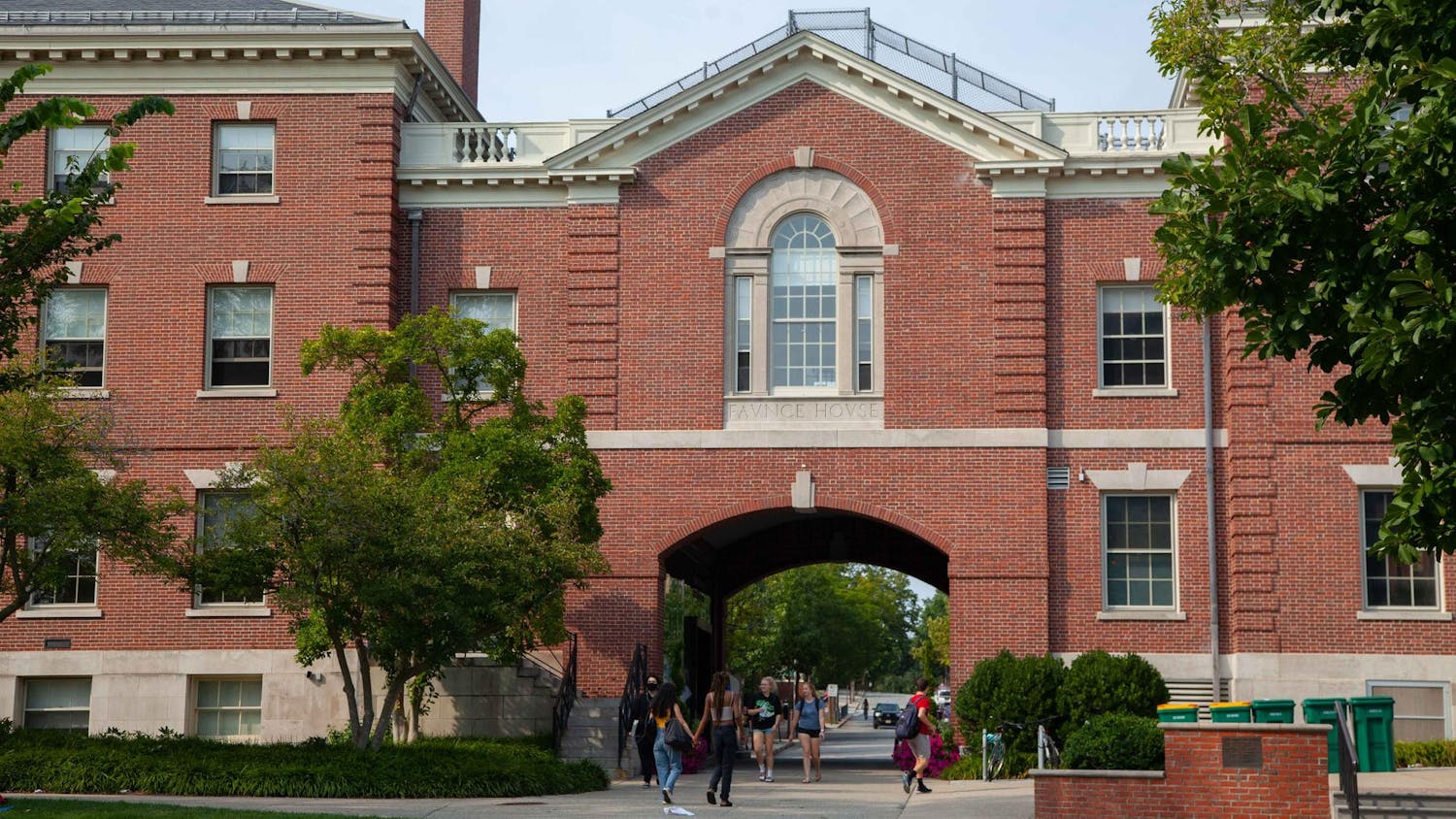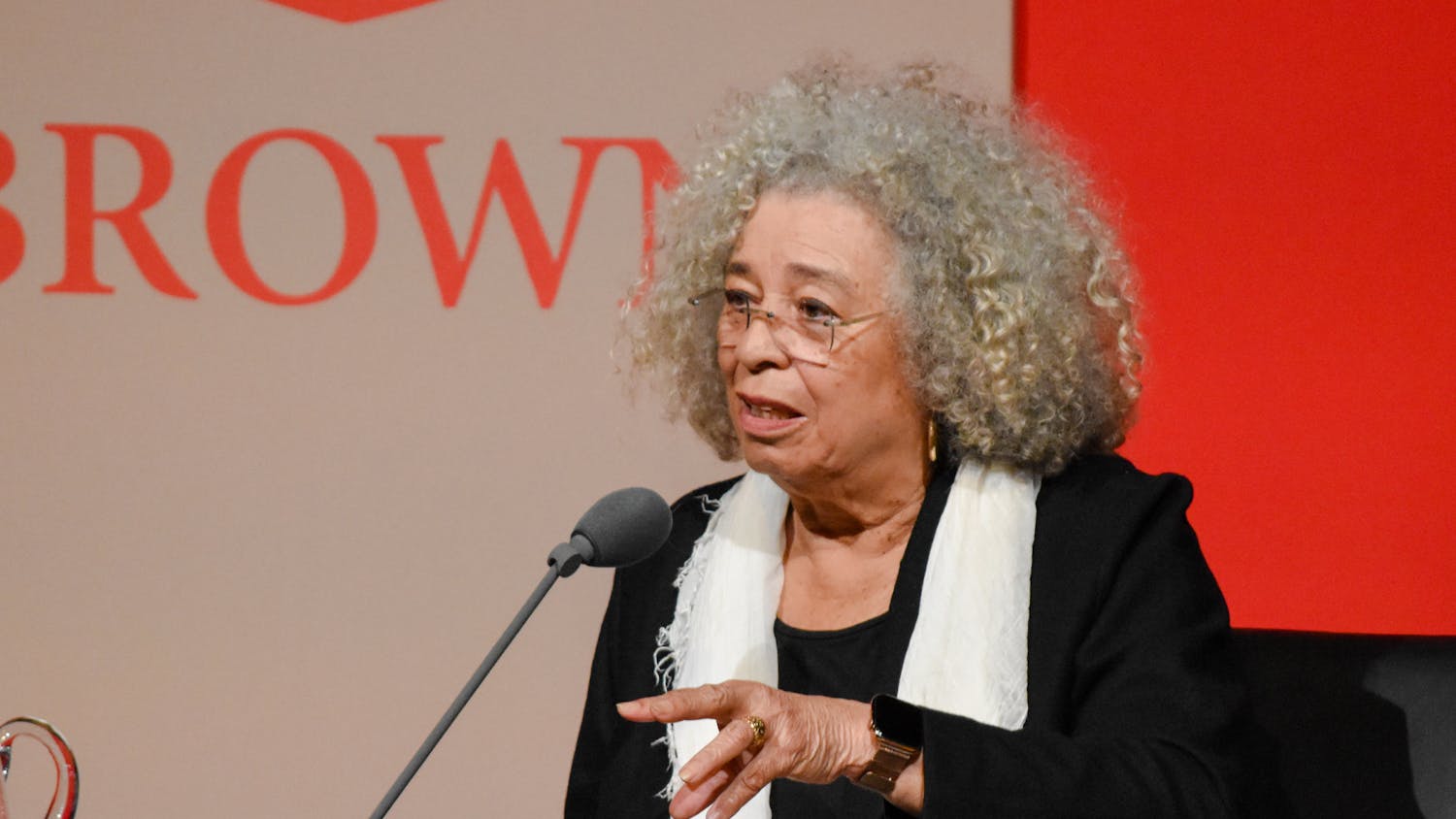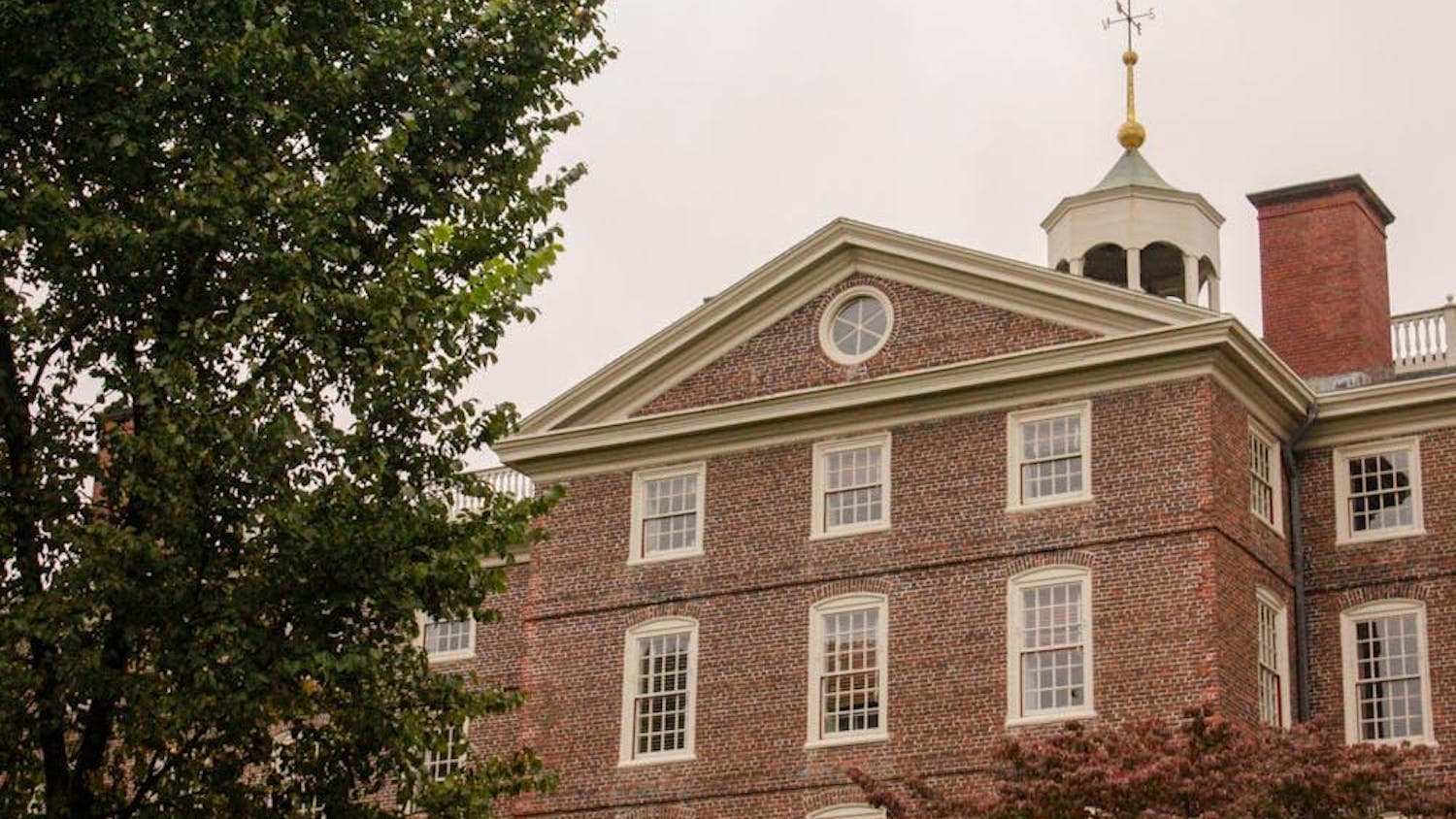With municipal elections Tuesday and the race for the Democratic and Republican presidential nominations gaining steam with a series of debates in recent weeks, faculty members in public policy weighed in on this year’s election cycle. There are three candidates seeking the Democratic nomination and 15 candidates vying for the Republican nomination — an unusually large field and one of several characteristics that distinguishes this race from those of previous years.
The Democratic field “was restrained by the sense of almost inevitability that surrounded Hillary Clinton early in the campaign and seems to be returning now,” said Richard Arenberg, adjunct lecturer in international and public affairs. “But the Republican field is wide open.”
“The Republican primary is now undergoing a very rare event: a battle to define the party in a fundamental way,” wrote James Morone, professor of public policy, political science and urban studies and director of the Taubman Center for American Politics and Policy, in an email to the Herald. “The Republican Party is torn apart between the politics of inclusion and the politics of exclusion, rejection and fear,” Morone wrote.
The percentage of the voting population comprised of non-Hispanic whites fell from 82.5 percent in 1996 to 73.7 percent in 2012, according to the U.S. Census Bureau. The percentage of the voting population comprised of Asians, blacks and Hispanics rose from 1.7 percent, 10.8 percent and 4.7 percent in 1996 to 2.9 percent, 13.4 percent and 8.4 percent, respectively, in 2012.
“We are slowly but surely on the way to a majority-minority nation,” Morone wrote. “This divide in the Republican party — between inclusion and rejection — will determine the outcome of this election cycle and perhaps the future of the party itself.”
Money will have greater influence in this presidential race than ever before, Arenberg said. The U.S. Supreme Court’s 2010 ruling in Citizens United v. Federal Election Commission allowed corporations to donate unlimited amounts of money to so-called super PACs that can run advertisements to support or attack a political candidate. “We see an evolution, cycle after cycle, every four years in the presidential contest where the sums get larger, and I think that the money that flows into the races becomes more and more influential,” Arenberg said.
Also unique to this year’s race, credibility and prior political experience do not appear to be significantly affecting public opinion, Arenberg said. “The electorate, interestingly enough, seems to have a great interest in electing someone without any political experience.”
The Republican Party “has latched onto Donald Trump and Ben Carson with Ted Cruz in the wings,” Morone wrote. Trump is “tapping into great dissatisfaction and, in doing so, casually casting aside items of absolute faith of the Republican establishment,” Morone wrote.
Trump’s continued popularity was a surprise to most, Arenberg said, adding that, increasingly, analysts predict his enduring presence in the race. According to the most recent poll from NBC News and the Wall Street Journal, Trump has the support of 23 percent of Republican primary voters, placing him second to Carson, who commands 29 percent.
Arenberg, who was a pollster himself when he worked on Capitol Hill, puts a lot of trust in polling on the condition that it is done well, he said. He cited objectivity, sample size and question phraseology as important factors in determining poll quality. But he describes polls as “largely meaningless” at this point in the race, besides the fact that campaign donors consider them when deciding who to support financially.
Like the increasing power of campaign donors and corporations, the attacks on politicians from the opposing party are becoming more vicious in nature, Arenberg said. “One of the distressing aspects of how polarizing our political culture has gotten is that there is a tendency to demonize the figures leading the opposing party,” Arenberg said. “It’s almost becoming a feature of presidential politics, which is somewhat alarming.”
Back in the 1960s, political scientists used to worry that the parties were ... too much like each other,” Arenberg said. “That’s pretty quaint in 2015. No one would look at the parties and say they’re too much like each other. If nothing else, there’s a clear choice.”




